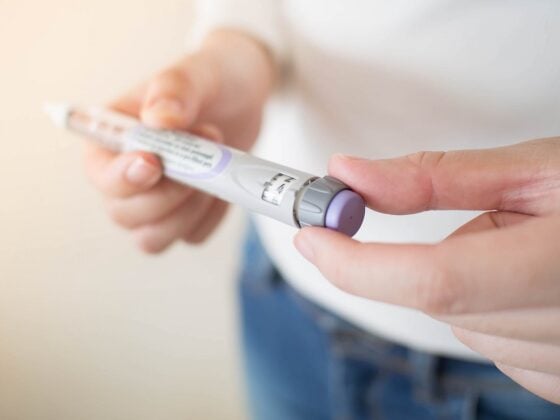TUESDAY, Feb. 20, 2024 (HealthDay News) — Researchers hope a new study will end the debate over the best age to start breast cancer screening and how often to do it.
“The biggest takeaway point of our study is that annual screening beginning at 40 and continuing to at least age 79 gives … the most cancer deaths averted, and the most years of life gained,” said lead researcher Dr. Debra Monticciolo, a professor of radiology at Dartmouth Geisel School of Medicine in Hanover, N.H.
Breast cancer is the second leading cause of death for women in the United States, but only half of women who are eligible for a mammogram get one every year.
Monticciolo said mammogram rates plummeted after the U.S. Preventive Services Task Force (USPSTF) recommended screening every other year at age 50 back in 2009.
The task force drafted new recommendations last year for biennial screening starting at age 40 and continuing as long as a woman is in good health.
“The risks of screening are non-lethal and manageable for most women,” Monticciolo said. “But advanced breast cancer is often lethal. Breast cancer is easier to treat if it’s found earlier; we’re able to spare women extra surgeries and chemotherapy. It’s just a better idea to shift to early detection, and that’s what screening does.”
For the new study, Monticciolo’s team analyzed data from the Cancer Intervention and Surveillance Modeling Network (CISNET).
Key findings:
-
Death rates dropped 41.7% percent when women in the 40- to 79-year-old age group had annual screening.
-
Screening every other year lowered the death rate 30% in women between 40 and 74.
-
Annual screening between 40 and 79 had the lowest rate of false-positive tests (6.5%) and non-cancerous biopsies (0.88%) compared to other screening scenarios.
-
Recall rates for screening mammograms are under 10% and when 3-D mammograms are done annually, that drops to 6.5%.
The findings were published Feb. 20 in Radiology, journal of the Radiological Society of North America.
“It comes down to valuing women’s lives,” Monticciolo said in a journal news release. “I am hoping that primary care physicians see that risks of screening are manageable, and the benefits are tremendous.”
More information
The Mayo Clinic has more about mammograms.
SOURCE: Radiological Society of North America, news release, Feb. 20, 2024



